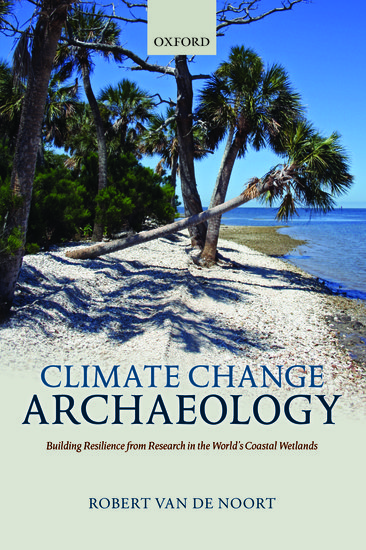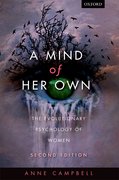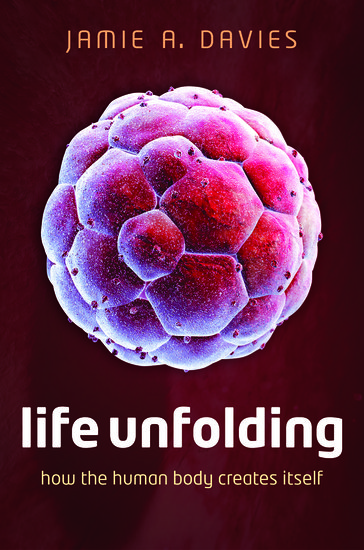Neanderthals may have helped East Asians adapting to sunlight
Hominins and their closest living relative, chimpanzees, diverged approximately 6.5 million years ago on the African continent. Fossil evidence suggests hominins have migrated away from Africa at least twice since then. Crania of the first wave of migrants, such as Neanderthals in Europe and Peking Man in East Asia, show distinct morphological features that are different from contemporary humans (also known as Homo sapiens sapiens).













